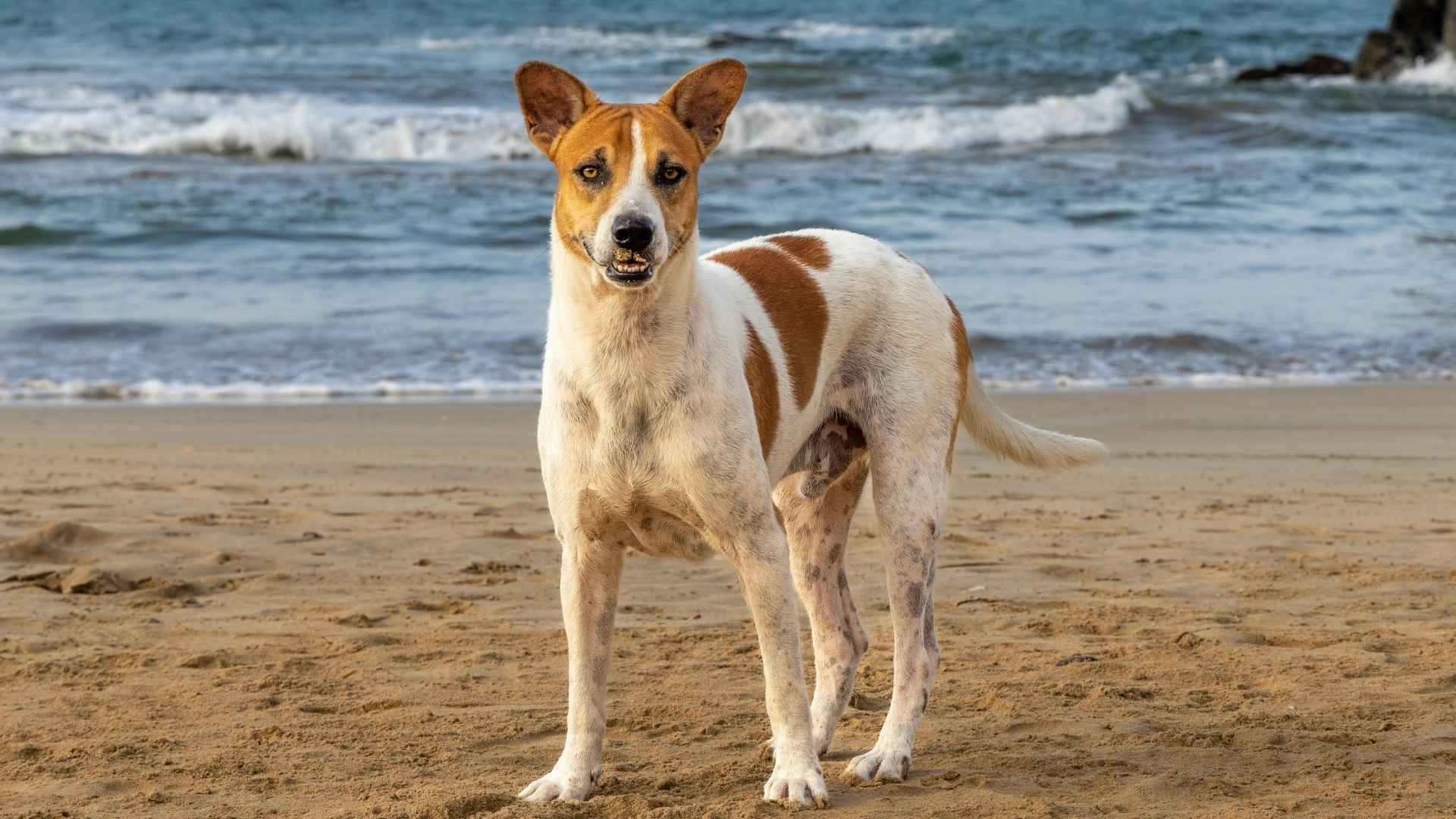Imagine meeting a dog so unusual you’ve never seen anything like it before, an exotic coat pattern, a unique ear shape, or a striking stature that turns heads on every walk. These distinctive breeds aren’t just conversation starters; they bring extraordinary histories and character to everyday life, blending the thrill of discovery with the comfort of companionship.
Rather than popular or common types, we’re exploring breeds that stand apart, each with traits shaped by selective breeding, rugged environments, or centuries-old purposes. Some have been cherished by the aristocracy, others by farmers, while only a few are found in modern homes. Their rarity adds charm but also comes with specific needs for care, training, and socialization.
If you’re intrigued by uncommon dogs that offer both beauty and personality, this guide highlights several distinctive breeds. You’ll learn what sets each apart, how to support their well-being, and whether they could be the right fit for your home and lifestyle.
Distinctive Dog Breeds
1. Dandie Dinmont Terrier
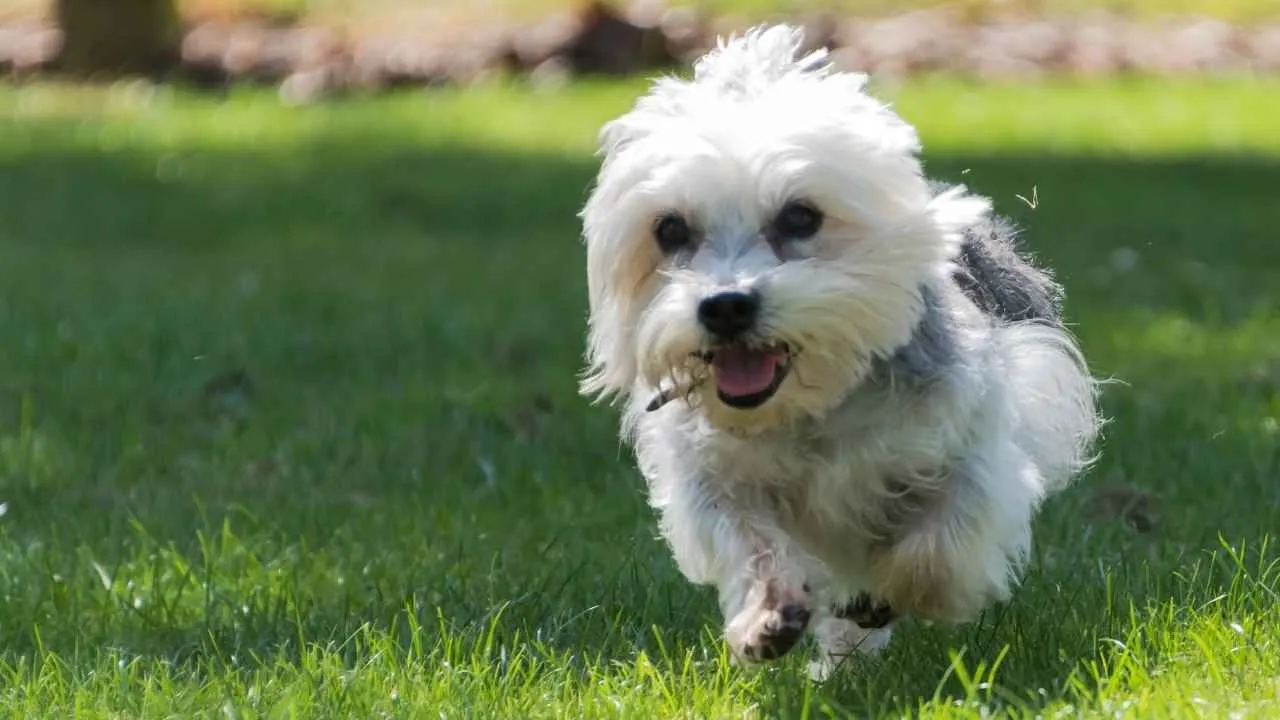
The Dandie Dinmont Terrier is easily recognized by its long, low-set frame and the silky topknot of hair that crowns its head. Its body is sturdier than it appears, with strong legs and a tail that curves like a scimitar. The coat is a blend of crisp outer hair and a softer undercoat, requiring regular maintenance.
This breed was originally used to hunt small burrowing animals like otters and badgers. According to Purina, their origins in the Scottish Borders gave them both grit and cleverness, traits still visible in their daily behavior. Despite their compact size, they are tenacious and curious.
Dandies are affectionate but not needy. They’re often content lying nearby, watching quietly, and springing into action only when something piques their interest. While polite, they’re not eager to engage strangers without a proper introduction.
They’re relatively quiet but will alert confidently when necessary. A Dandie thrives best in a steady environment where their boundaries are understood and their independence is respected.
Daily walks and a chance to sniff or explore are enough to keep them mentally balanced. Their intelligence benefits from short training sessions, especially with positive reinforcement when rewards are involved.
2. Peruvian Inca Orchid
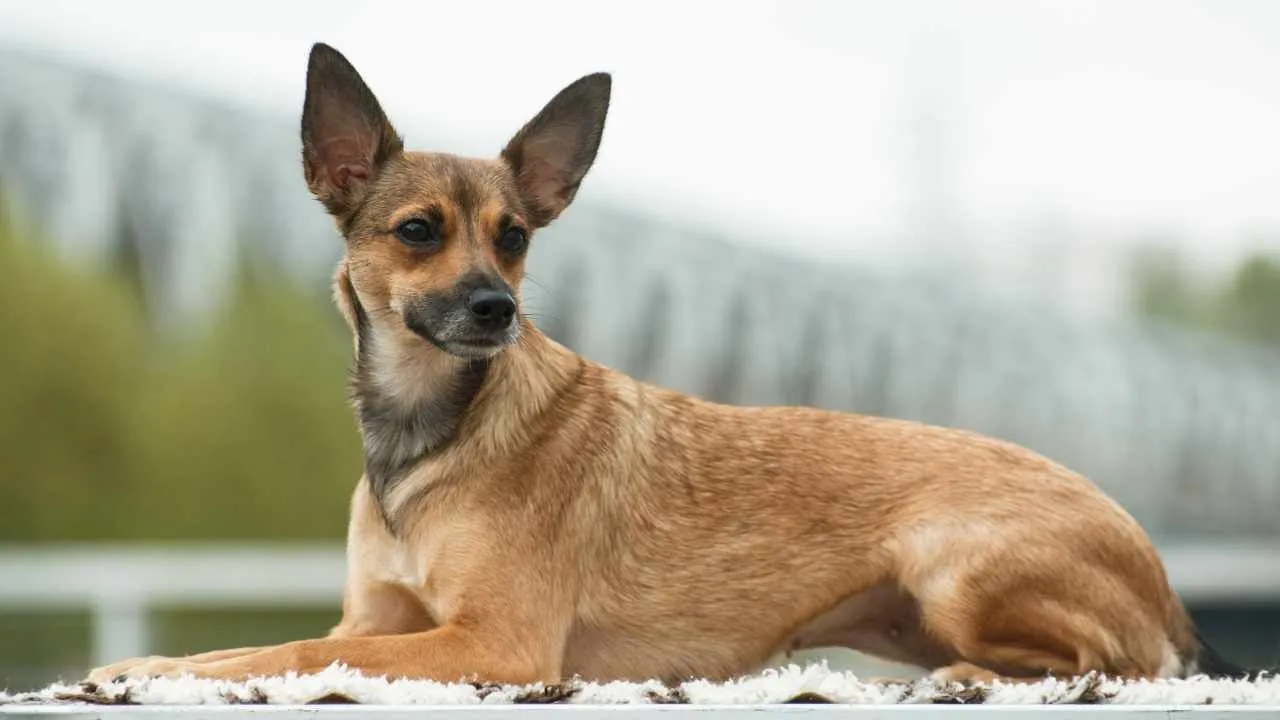
Key Points
Size: Medium
Weight: 18–55 pounds (varies by type)
Temperament: Sensitive, affectionate, alert
The Peruvian Inca Orchid is a rare and ancient breed known for its unique hairless appearance and strong attachment to its family. Some individuals may have tufts of hair on the head or tail, but many are completely bald. Their skin is soft and warm to the touch, requiring sun protection and skincare.
These dogs are highly sensitive and form close bonds with their owners. They tend to be wary of strangers and thrive in calm, structured environments. They are generally quiet indoors but highly alert.
Peruvians do not tolerate cold or harsh handling. They need gentle, reward-based training and a peaceful home. Loud or unpredictable settings can quickly overwhelm them.
Despite their delicacy, they are agile and athletic. They enjoy games, sprints, and puzzle toys that match their mental energy. A secure yard or leash walking is essential.
This breed comes in three sizes and two coat varieties, though hairless is far more common. Grooming needs are minimal, but skin care is ongoing due to their exposed surface.
3. Catalburun
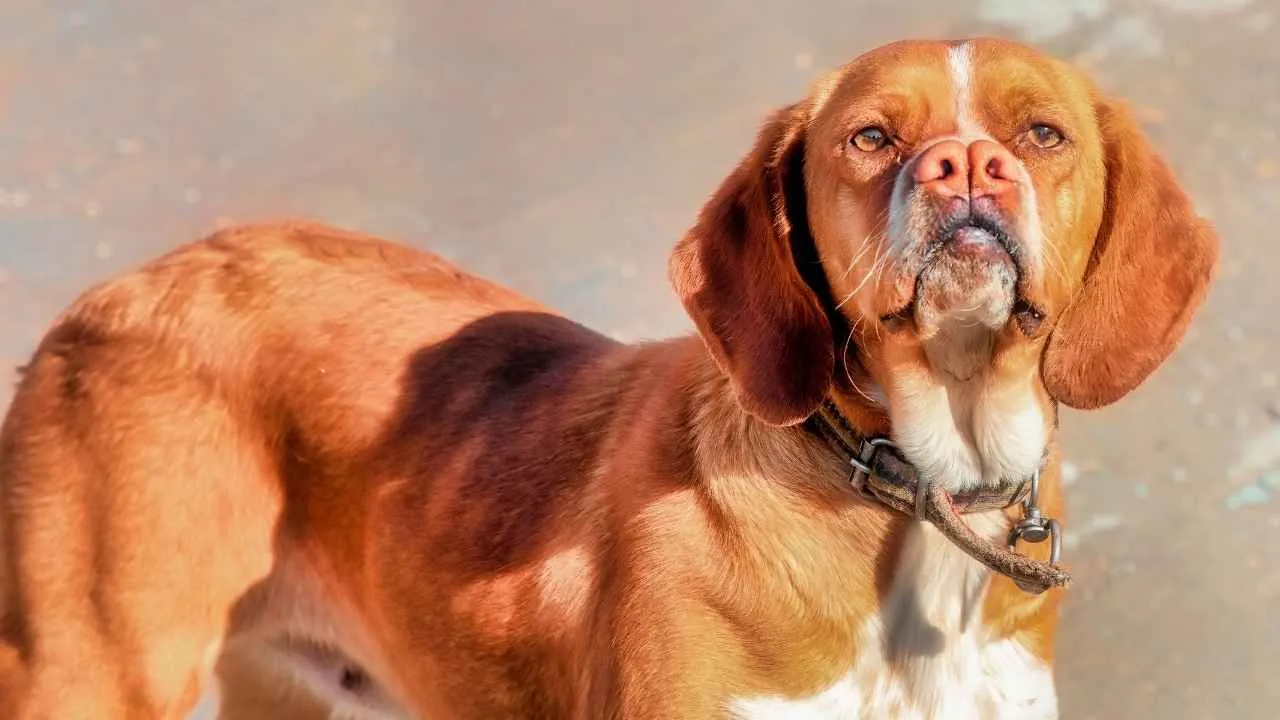
Key Points
Size: Medium
Weight: 35–55 pounds
Temperament: Focused, calm, independent
The Catalburun is one of the rarest dog breeds in the world, known primarily for its distinct split or double nose. This Turkish pointer was developed for hunting and has a strong sense of direction and scent. Its name is derived from the Turkish words meaning “forked nose.”
With roots in the Tarsus region, this breed was used in rugged terrains where scent work was crucial. It is calm, controlled, and highly observant in the field. They don’t seek attention constantly but stay quietly aware of their surroundings.
They are not overly affectionate, but they develop loyalty through mutual respect. Early training is key to shaping their independence into reliability, especially off-leash.
Catalburuns are happiest when they have a task. Regular outdoor time, especially involving scent trails or search games, suits them well. Without stimulation, they may disengage or wander.
Their short coat requires little grooming, but regular exercise and mental challenges are essential. This is a dog that prefers routine and clear expectations.
4. Xoloitzcuintli
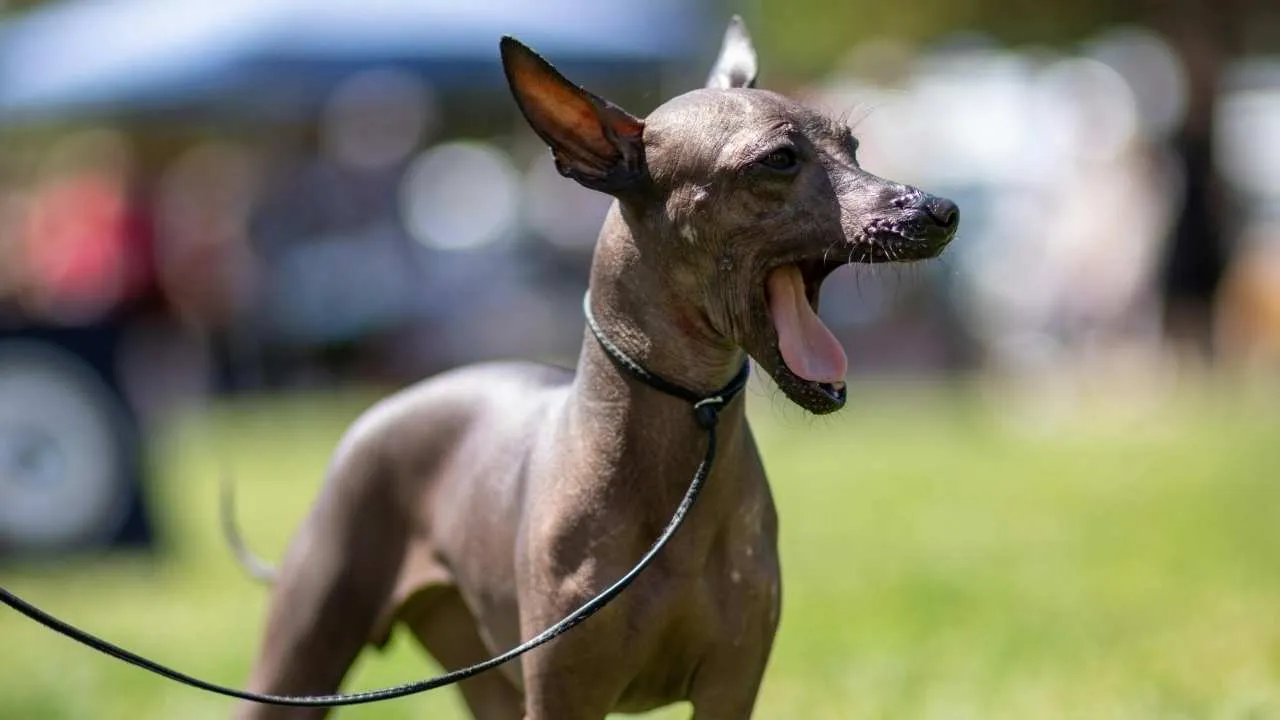
The Xoloitzcuintli, also called the Mexican Hairless Dog, is one of the oldest and most sacred breeds in the Americas. These dogs come in both hairless and coated varieties and have been companions to humans for over 3,000 years. Their dignified appearance matches their thoughtful, quiet nature.
Though they can be aloof with strangers, Xolos are deeply devoted to their families. They are naturally watchful, making them excellent home guardians without being overly reactive.
Physical activity needs are moderate, but mental stimulation is important. They are happiest when given structure and interaction, long walks, simple training sessions, or quiet time by their owner’s side.
Skin care is essential for the hairless variety. They need protection from sunburn, dryness, and cold, and occasional baths help prevent buildup.
This breed tends to be reserved rather than playful. Early socialization ensures they grow into confident, stable adult dogs in a variety of environments.
5. Canaan Dog
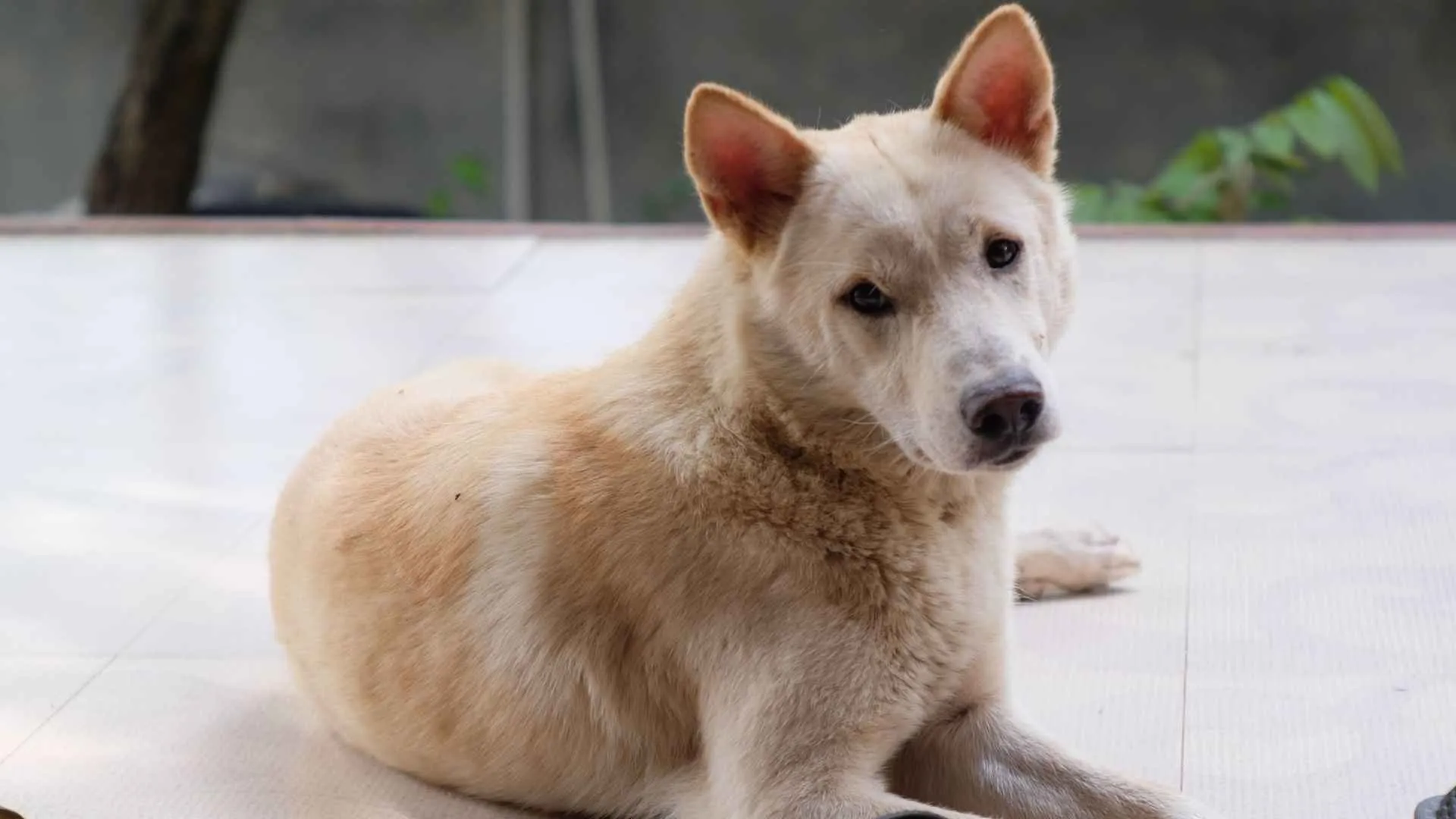
Originally found roaming the deserts of the Middle East, the Canaan Dog adapted to life as a survivalist. That history is still evident in their independent thinking, territorial instincts, and impressive problem-solving. They’re cautious but not fearful and tend to evaluate situations before responding.
They are not the kind of dog that obeys blindly. PetMD notes their intelligence is paired with a need to understand why a command matters. That trait makes them great for experienced owners who value partnership over compliance.
While affectionate with family, they often take time to warm up to new people. Their protective side is natural, not aggressive, and they prefer to watch quietly from a distance before engaging.
Canaans require secure outdoor space and challenges that mimic their natural roles, like scent trails or advanced training drills. Without outlets, their energy turns inward or toward protective guarding behaviors.
Minimal grooming is needed thanks to their weather-resistant coat. Their upkeep is more mental than physical, centered on respect, routine, and thoughtful leadership.
6. Azawakh
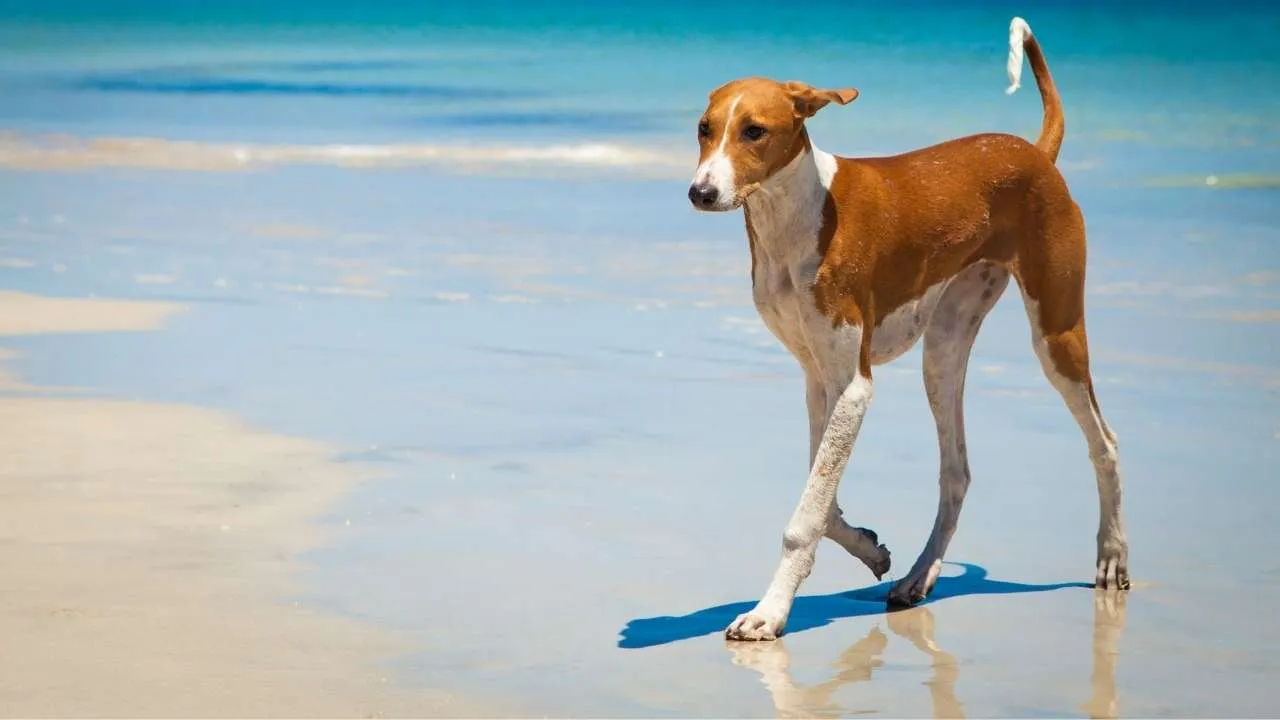
Lean and elegant, the Azawakh was bred in West Africa as both a guardian and a hunter. It has an exceptionally slim build and long legs, giving it a distinct silhouette and incredible speed. Despite its physical intensity, this breed is emotionally sensitive and selective with affection.
They don’t seek out strangers and often stay quiet and observant in new settings. Azawakh is deeply loyal to their families, bonding closely with one or two individuals over time.
Exercise must be purposeful. These dogs enjoy sprinting, coursing, or endurance work far more than repetitive play. Their determination appears not in eagerness but in drive and focus when engaged properly.
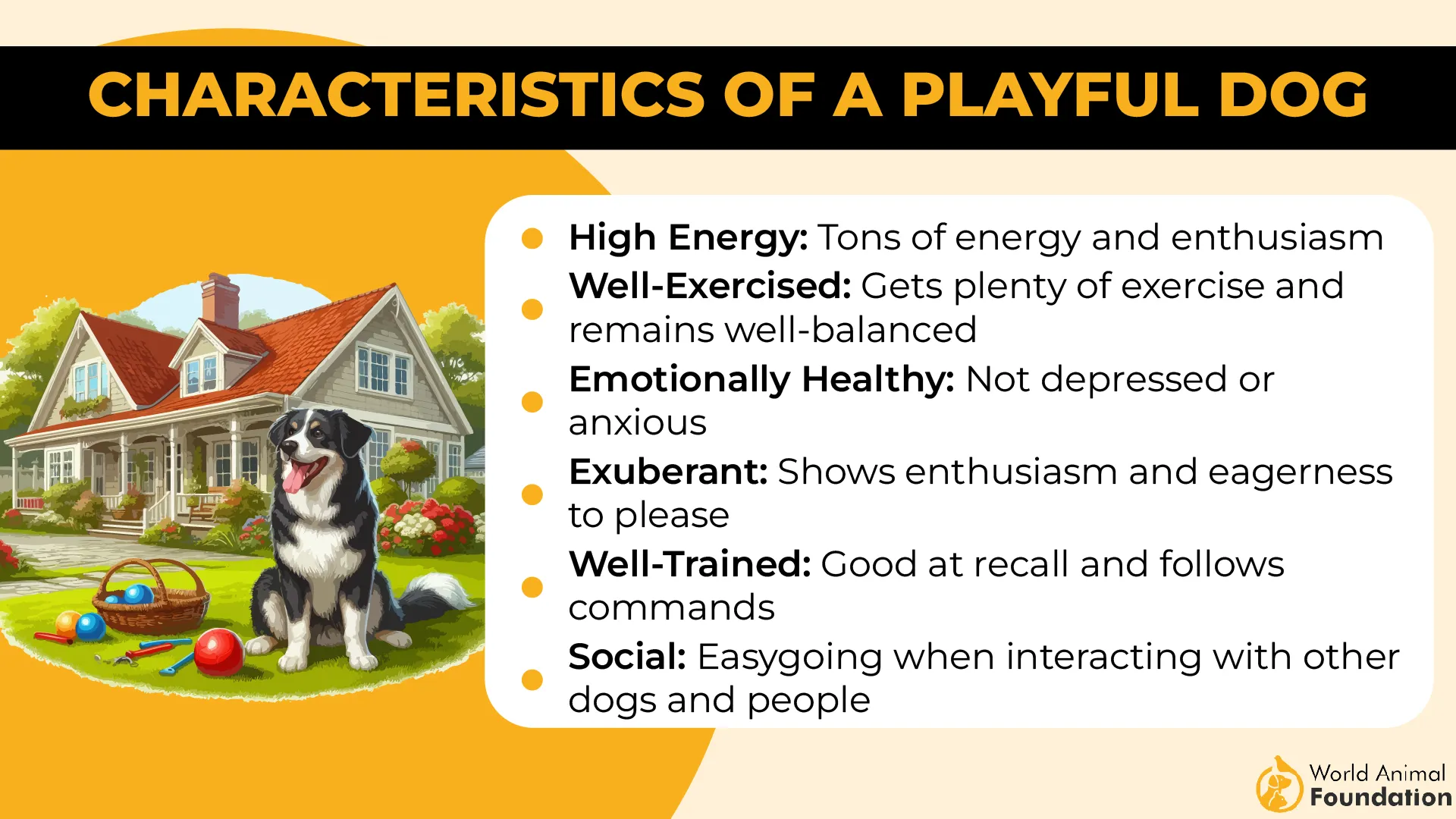
Their coat is extremely short and easy to maintain, but their lean frame makes them sensitive to the cold. A quiet, structured home suits them best, particularly one that respects their space.
Azawakhs thrive when their intelligence is used in structured training. They respond best to calm, respectful handlers who don’t rush the bonding process.
7. Telomian
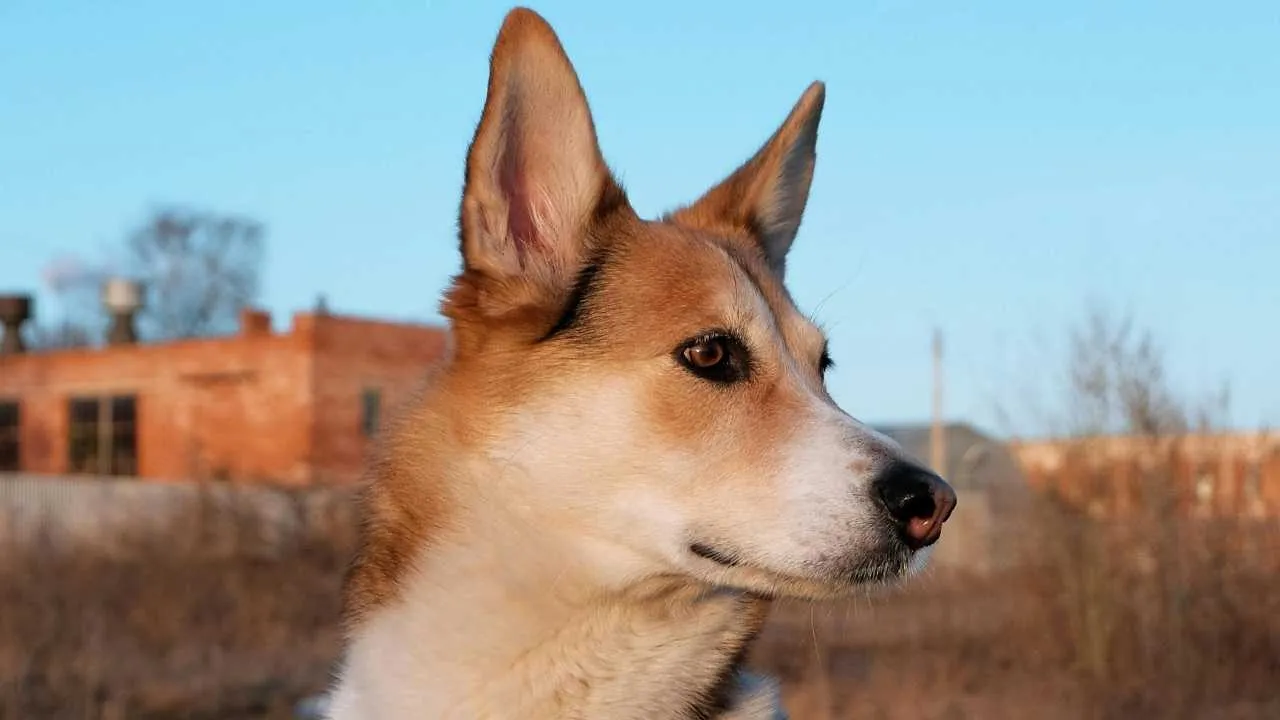
Originally bred by indigenous peoples in Malaysia, the Telomian developed traits that allowed it to thrive with minimal human instruction. This breed is known for its climbing ability, agility, and survival instincts. It often forms tight-knit bonds within its home environment but retains a cautious nature.
Telomians are not widely kept as pets outside of their native region, making them one of the rarest dogs globally. Their alertness and independence as defining features, shaped by their history of living in remote villages and managing pests.
They are surprisingly vocal and highly aware of their surroundings. While affectionate with familiar people, they need time and patience before trusting new faces or settings.
Exercise should include opportunities for climbing, agility games, or puzzle solving. Standard fetch or walking routines may not fully satisfy their mental drive.
Grooming needs are minimal due to their short coat, but behavioral enrichment must be consistent. These dogs are clever and adapt quickly, but they expect the same awareness from their owners.
Conclusion
Every dog breed has a story, but some carry histories that are as unique as their appearance. Many of the world’s most distinctive dogs were specifically bred for survival, protection, or specialized tasks. Whether it’s a herding dog from the desert, a hunting dog with webbed feet to hunt otters, or a compact terrier with a double coat, each breed’s traits reflect generations of purposeful design.
Some of these dogs are recognized by the American Kennel Club, while others are still rare enough to be virtually unknown outside their native regions. Their coat color, build, or movement may look different, but these dogs share something in common: strong instincts, close bonds with humans, and a place in history.
From the sleek, energetic Azawakh to the quiet strength of a Canaan Dog, these breeds prove that being uncommon doesn’t mean being unfit for companionship. With the right care, environment, and understanding, even the rarest dog can become your best friend.


